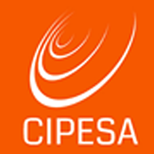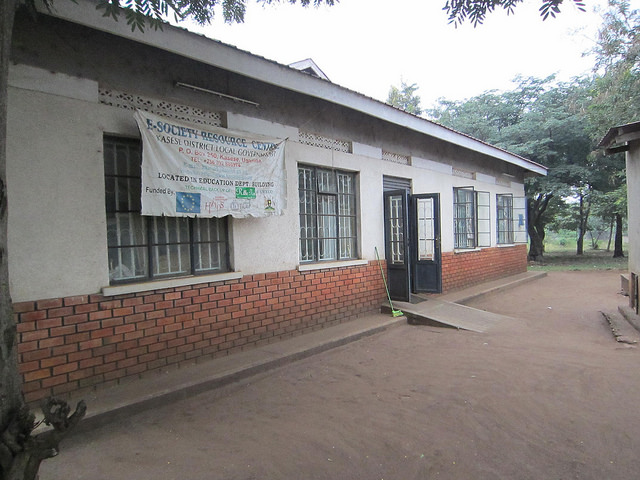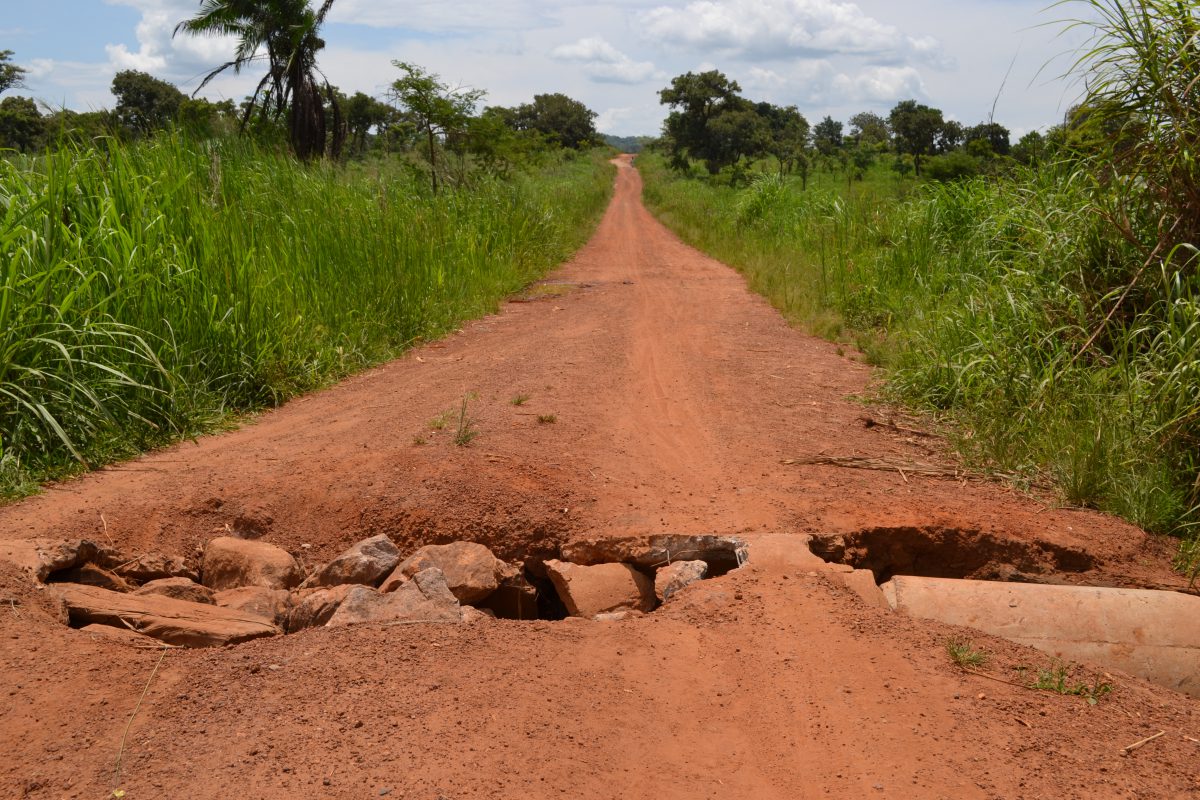By Lillian Nalwoga |
Despite the absence of a Right to Information law in Tanzania, advancements in the adoption of Information and Communication technology (ICT) in the country are enabling wider information availability in the public domain.
However, several impediments still stand in the way of citizens’ enjoyment of the right to information as guaranteed by the Constitution.
According to a new report by the Collaboration on International ICT Policy in East and Southern Africa (CIPESA), provisions under various laws and regulations, some as old as 40 years, have been used to restrict access to information.
“ Every person – (a) Has a freedom of opinion and expression of his ideas; (b) Has a right to seek, receive and/or disseminate information regardless of national boundaries; (c) Has the freedom to communicate and a freedom with protection from interference from his communication; and (d) has a right to be informed at all times of various important events of life and activities of the people and also of issues of importance to the society” Article 18 of the Constitution of the United Republic of Tanzania of 1977.
There has been slow progress in drafting an access to information law, with the process stalling since 2006, when the first Freedom of Information Bill was introduced by government. The absence of this law has made it cumbersome for those seeking information from public bodies.
The country is currently undergoing a Constitutional review process, with Articles 29 and 30 of the draft Constitution containing more elaborate and explicit provisions on freedom of expression, freedom of information and media freedom.
Although the proposed Constitution has been commended by civil society as a positive step towards promoting access to information in Tanzania, other existing laws such as The Newspapers Act, 1976, The National Security Act, 1970, The Public Service Act, 2002 and The Public Leadership Code of Ethics Act, 1995, would undermine these freedoms.
The Newspaper Act in particular has been used by law enforcement agencies against independent media and journalists. The Mwanahalisi newspaper was in July 2012 banned indefinitely under Section 25 of the Act, while Mwananchi was suspended for 90 days in September 2013.
Nonetheless, the government has in recent years made various attempts to make more public sector information available and to allow citizens to file queries, opinions, and complaints and provide feedback to public bodies. Notable efforts include the Open government data portal, Tanzania Government Portal, the central government portal, e-Government portal, the publication of reports by the National Audit Office and the Tanzania Extractive Industry Transparency Initiative (TEITI).
However, the CIPESA report notes that the information provided through these efforts is not regularly updated, is often in non-reusable formats and may not necessarily meet the needs of the public in terms of language or nature of information released.
On the positive side, some results can be pointed towards these government efforts in fostering improved government openness and accountability. The move by the Controller and Auditor General (CAG) to release its financial audit reports sparked public debate online and in Parliament over the mismanagement of funds, leading to the resignation and demotion of some public leaders in December 2014.
Meanwhile, civil society advocacy efforts to advance access to information are also on the rise. Initiatives such as that launched by the Media Institute of Southern Africa (MISA) Tanzania in 2010 to assess the most transparent and most secretive government institutions in the country have led to government recognition and acknowledgment of the need for increased transparency.
In addition, the Coalition on the Right to Information (CORI) consisting of 11 member organisations is working towards campaigns and awareness workshops to influence the government to enact the Freedom to Information law.
With a teledensity of 68 phone connections per 100 inhabitants and internet usage estimated at 9.3 million users, more Tanzanians are starting to realise the opportunities ICT offers in promoting transparency and good governance.
The research report recommends the use of a combinations of ICT, such as radio, print media, bulk SMS and automated calls in addition to public notice boards and community meetings to advance access to information in Tanzania.
Other recommendations towards improving freedom of expression, media freedom and access to information include the enactment of the Access to information legislation, amending or repealing outdated laws such as The Newspapers Act of 1976, the Public Leadership Code of Ethics (Declaration of Interests, Assets and Liabilities) Regulations, and the National Security Act of 1970.
There is also the need to safeguard the rights and privacy of internet users through the enactment of cyber laws, including the adoption of a data protection and privacy law.
Further, the report recommends that all government Ministries, Departments and Agencies should make use of available ICT platforms including portals and social media to release more information into the public domain while awareness on use of ICT among citizens to access or seek public information should be promoted by all stakeholders.
Read the full CIPESA study on The Right to Information in Tanzania: Insights on the Laws, Policies and Practices







